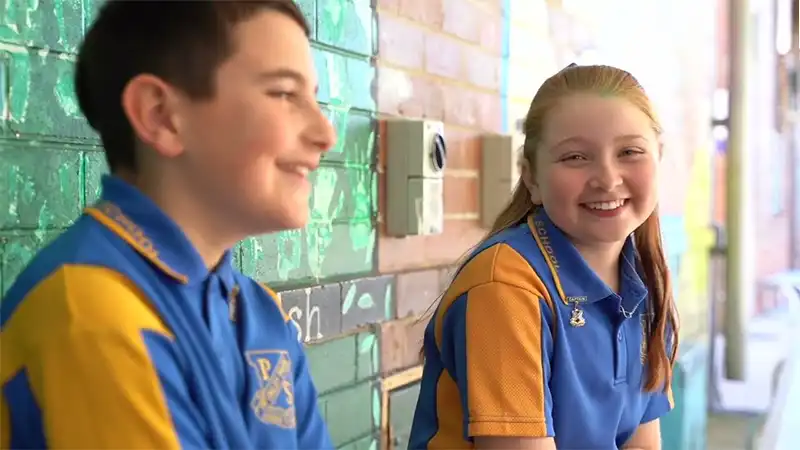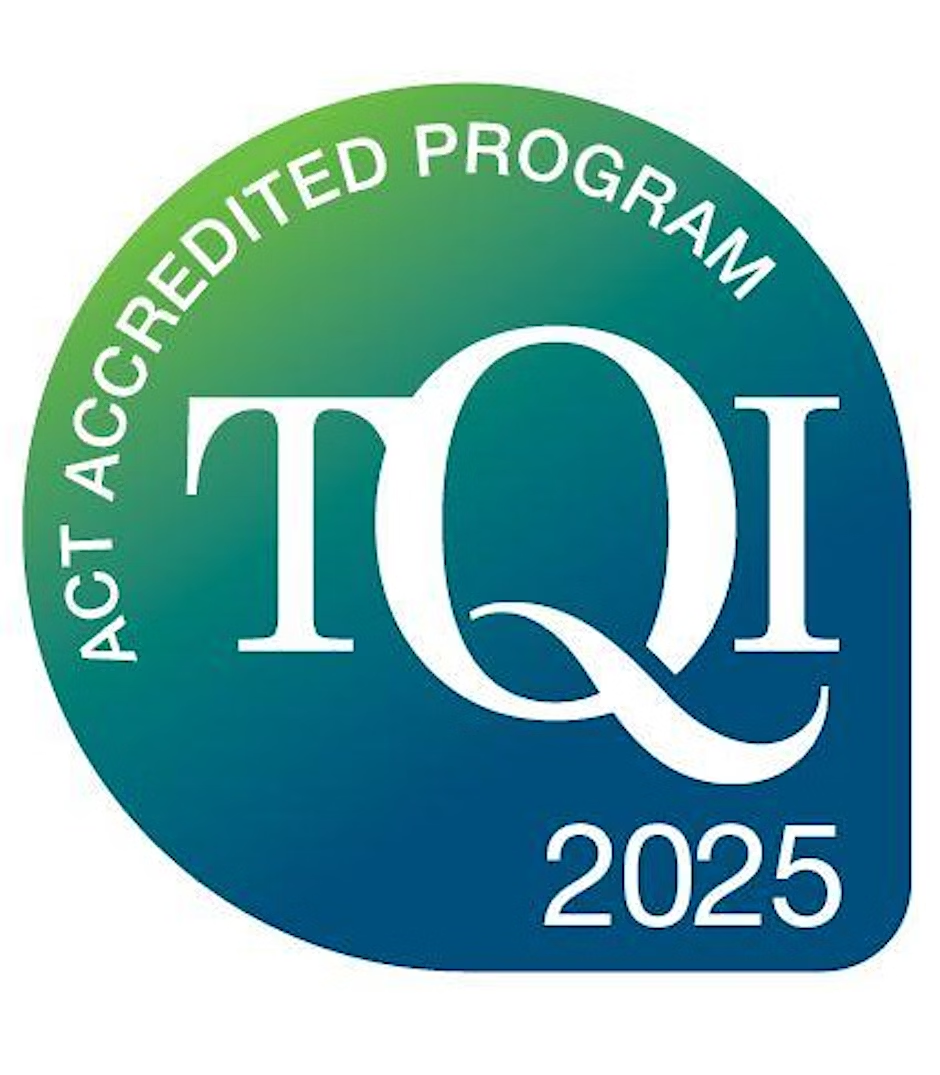Oxley Park Public School in Western Sydney takes school wellbeing seriously. Year 6 students gather younger peers into small groups, lead activities, and talk about friendship, resilience and kindness.
It’s not a one-off initiative or a leadership program for a few hand-picked students. It’s the Peer Support Program, a school-wide commitment to building belonging.
“Peer Support has become one of our rock-solid foundational programs,” says David MacVean, Deputy Principal. “It empowers the kids. It builds the confidence in our kids to manage life and to manage the complexities of school life.”
Oxley Park Public School has more than 700 students, with many from diverse cultural and socioeconomic backgrounds. The school wants to make sure every child felt included and connected, so they embed a culture of peer connection.
According to Jonathon Peatfield, CEO of Life Ed NSW/ACT, research supports their approach.
“Students who feel connected at school tend to do better, not just academically, but emotionally and socially,” Peatfield says. “They’re more likely to attend, engage, and reach out when they’re struggling.”
Helping kids make connections
It’s easy to assume kids will naturally make friends and find their place at school, but it doesn’t always happen on its own. This has become even more apparent since the pandemic, with schools noticing a rise in social disconnection and emotional distress.
“Schools are still grappling with significant levels of student disconnection,” Peatfield says. “While the immediate disruptions of the pandemic have subsided, schools continue to face significant challenges related to student disconnection and mental health.”
“Schools play a huge role in helping kids reconnect and build the social and emotional skills they need to thrive,” he says.
That could look like structured peer interactions, buddy systems, team projects, or creating quieter spaces for those who struggle socially. It also means giving kids time to practise empathy, problem-solving and and teamwork, just like they practise literacy and maths.
Rethinking leadership
One of the ways schools can support inclusion is by rethinking leadership opportunities. Peatfield says that many schools limit leadership roles to captains and councils. He says: “But some students don’t fit the traditional mould. Maybe they’re shy, neurodivergent, or still finding their voice. That doesn’t mean they can’t lead.”
At Peer Support schools, like Oxley Park Public School and Newcastle High School, every senior student gets a chance to step into a leadership role via the program. For some, it’s their first taste of being trusted with responsibility, and it can be transformative.
“I’ve seen students who wouldn’t normally volunteer for anything take ownership of a group and grow week by week,” says classroom teacher Fiona Flavell.
Shaping a culture of school wellbeing
Creating a culture of belonging also means preventing the things that break it, like bullying. Most schools have anti-bullying policies, but what usually makes the biggest difference is the everyday culture: how students treat one another, what’s modelled by staff, and what behaviour is reinforced.
At one Melbourne primary school, students helped develop a “bully blocker pledge” as part of a wider approach to culture change. The pledge outlined shared behaviours and values and was reinforced at assemblies and in classrooms. Alongside their Peer Support Program, it helped shift mindsets from “I won’t get in trouble” to “This isn’t how we treat each other here.”
“Building an inclusive culture is about building expectations into the daily rhythm of school life,” Peatfield says.
Activating the wider school community
Inclusion starts at home, and can become part of your family conversation. Peatfield recommends asking your kids meaningful questions, like “Who did you play with today?” or “Did anyone make you feel included?”
You can also ask your school how they’re building belonging. What spaces exist for students to connect? Are quieter kids supported socially? Are leadership opportunities open to everyone?
And when it’s done well, as Ruby, a Year 6 Peer Leader from Oxley Park knows, it leaves a lasting mark.
“I love that I can make new friends that are younger than me” she says. “If they see me, they come up and give me a big hug. I love teaching little kids so then they can grow up and be big like me”
Want to find out more about supporting whole-of-school belonging? Download Peer Support’s free ebook, Build Your School’s Wellbeing With Peer Support




